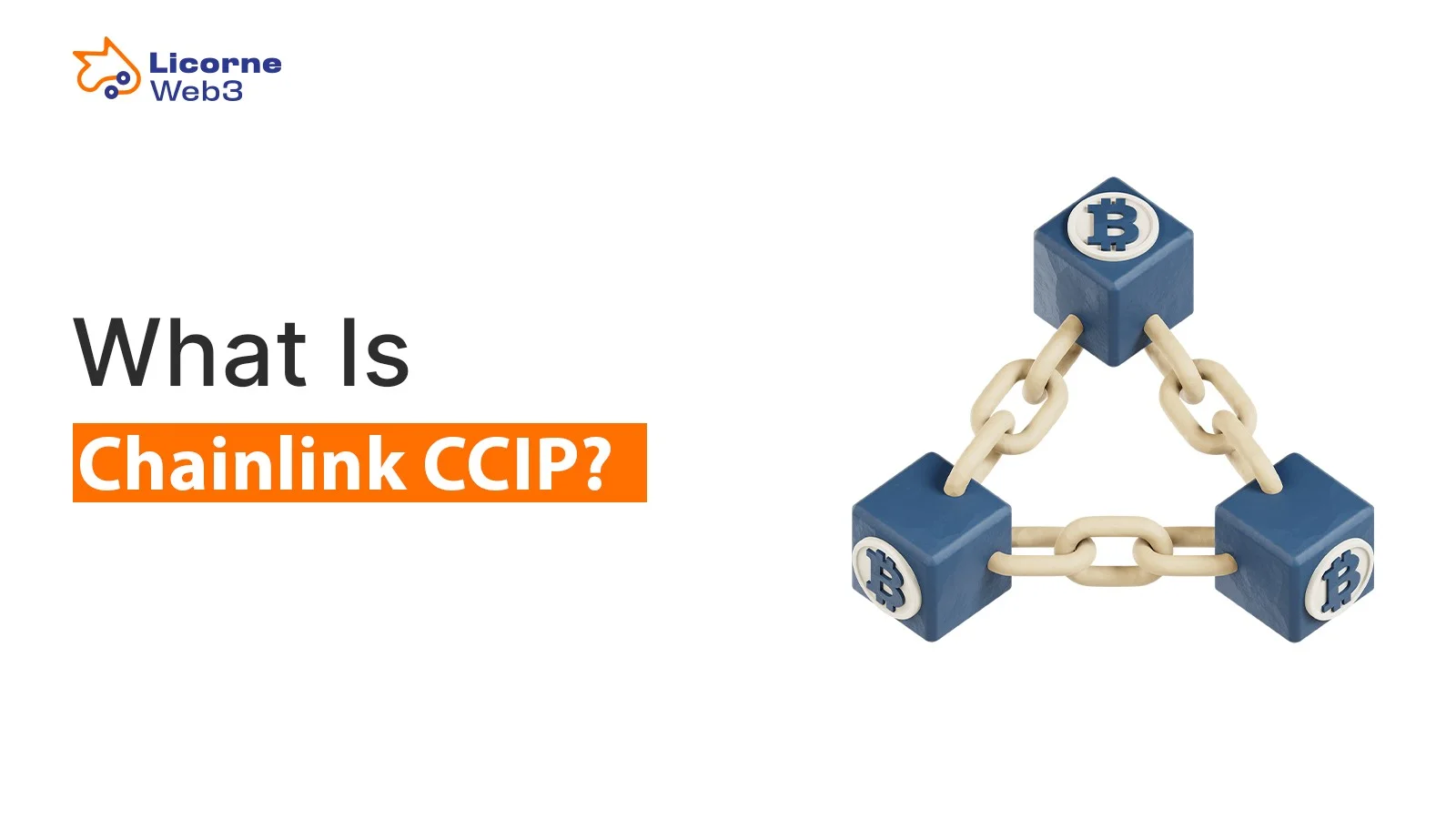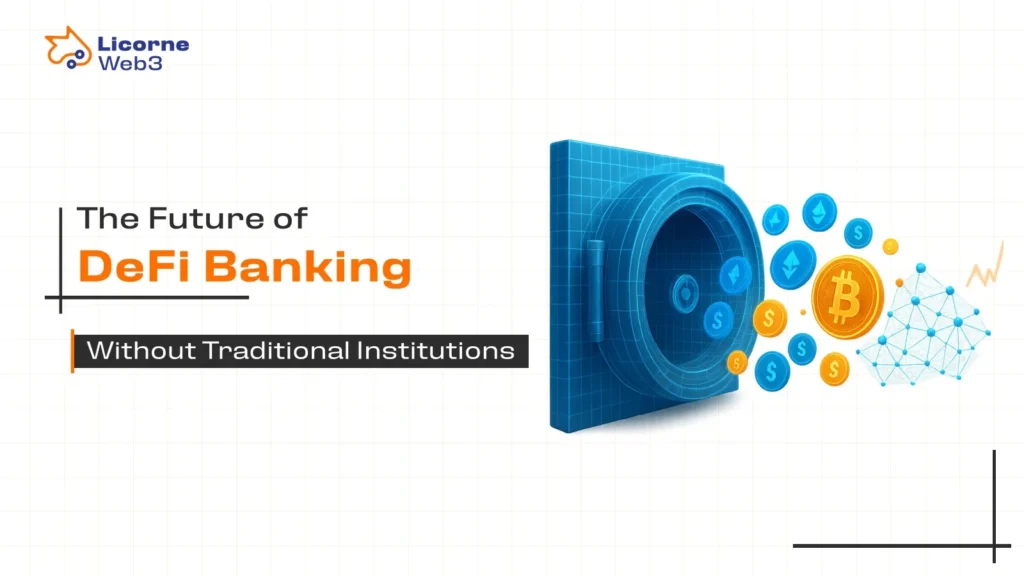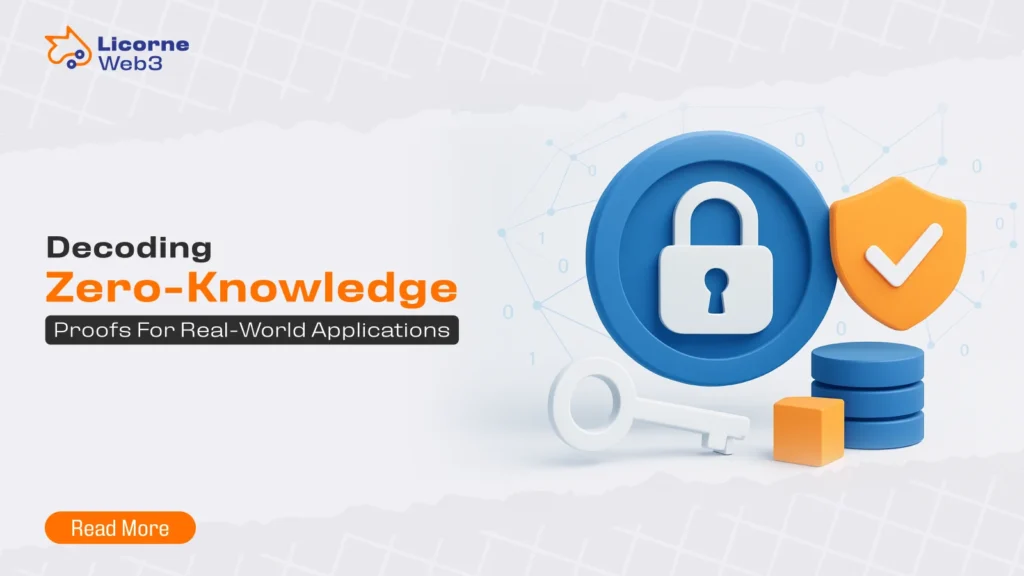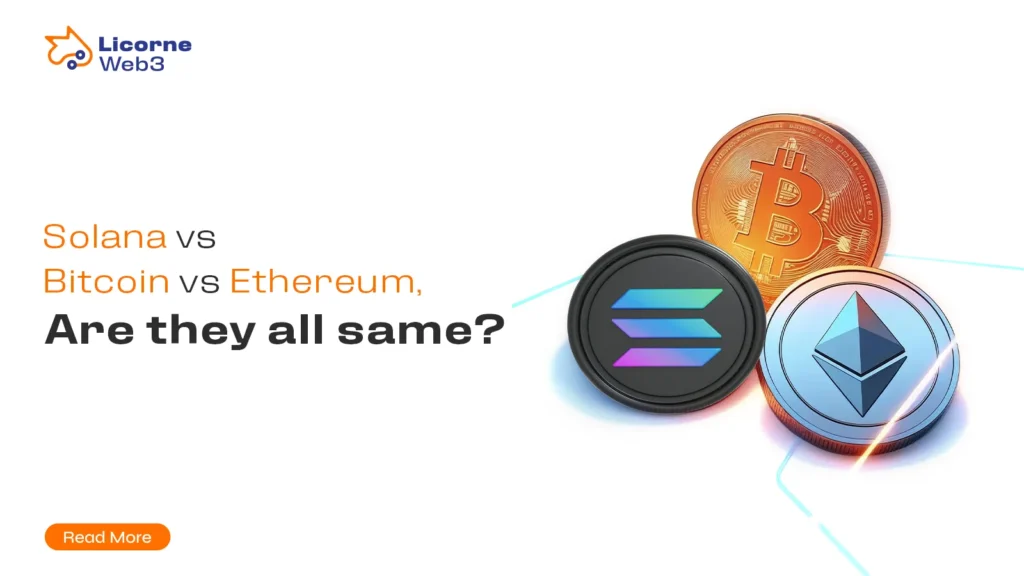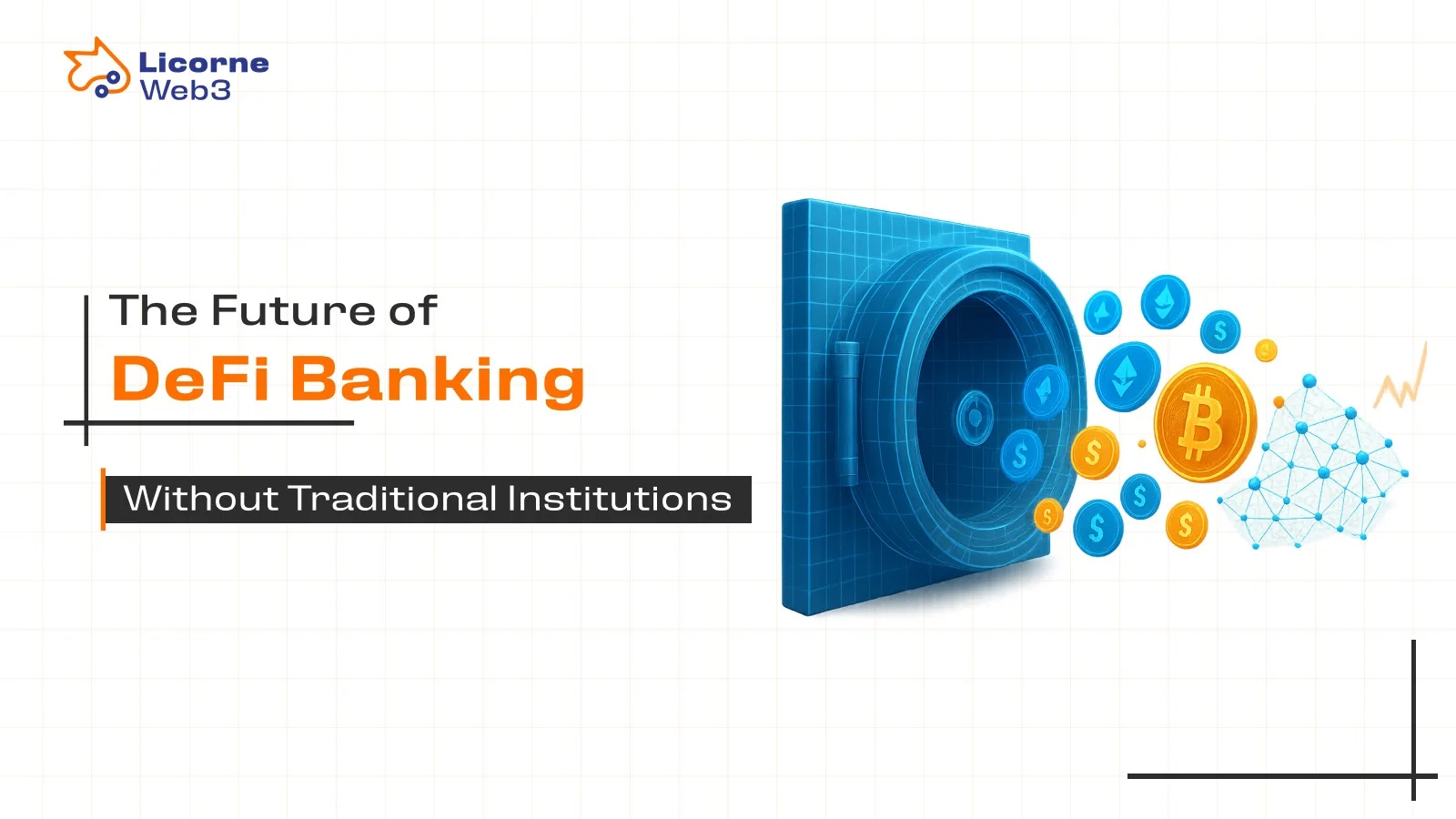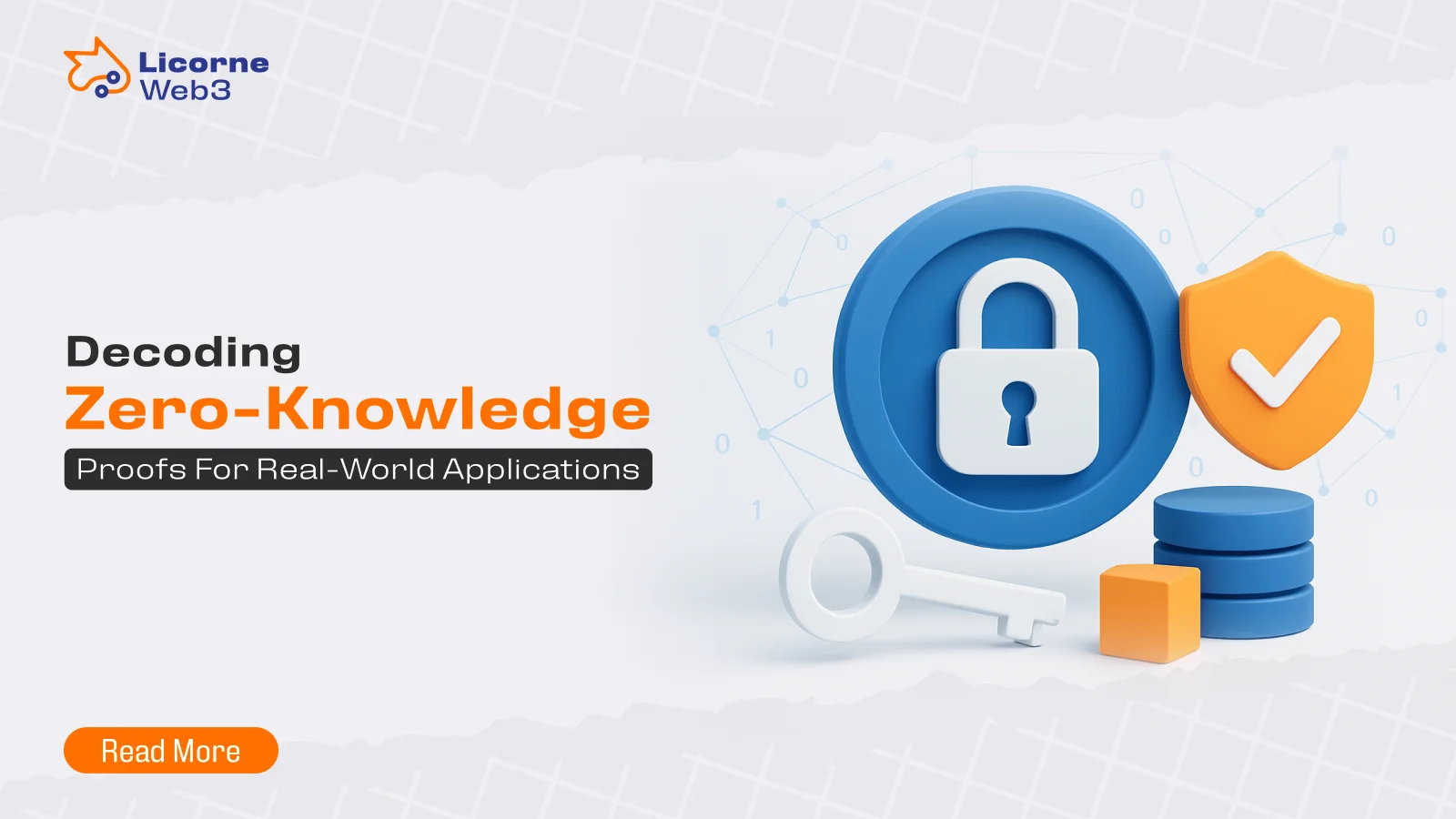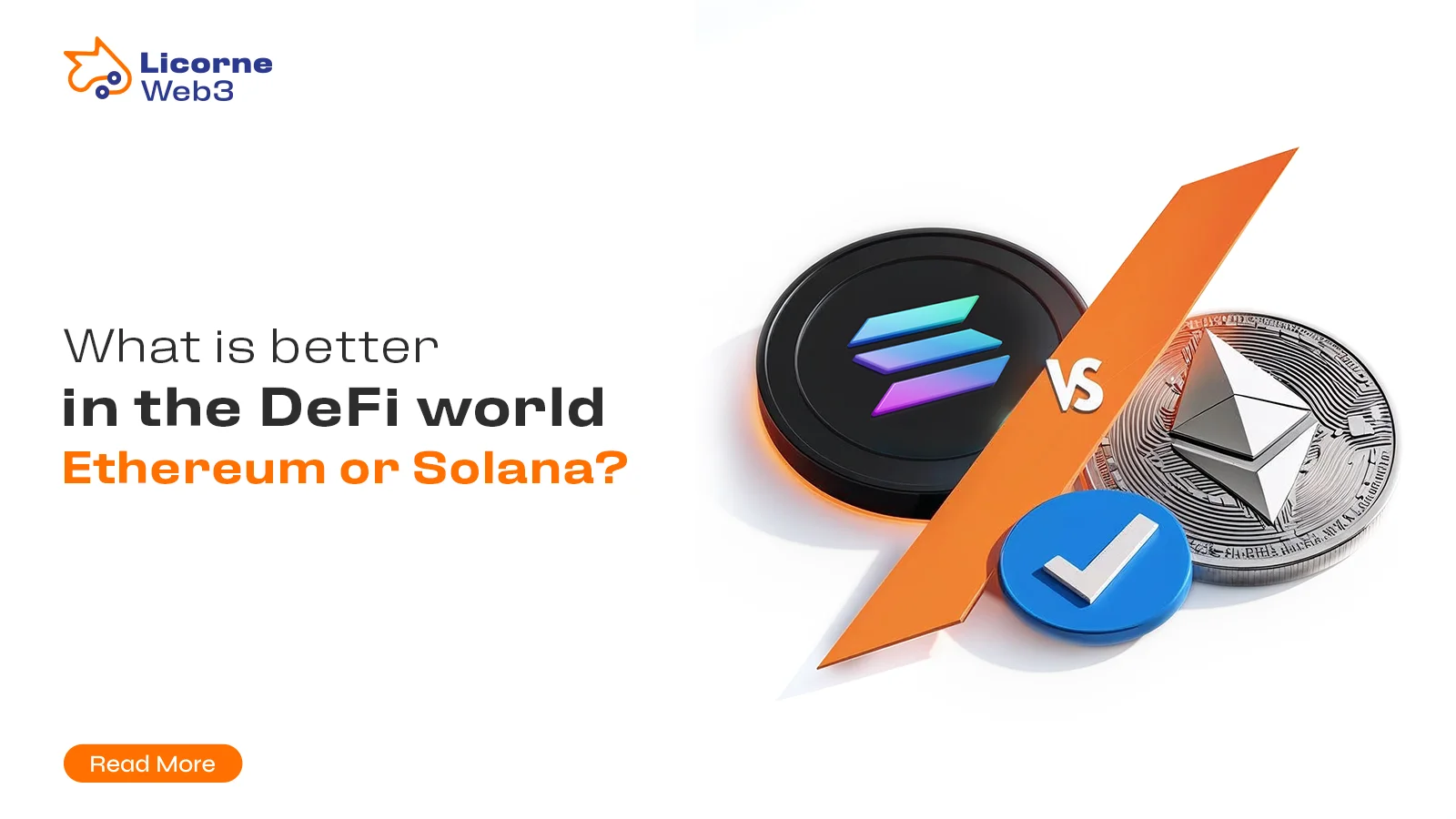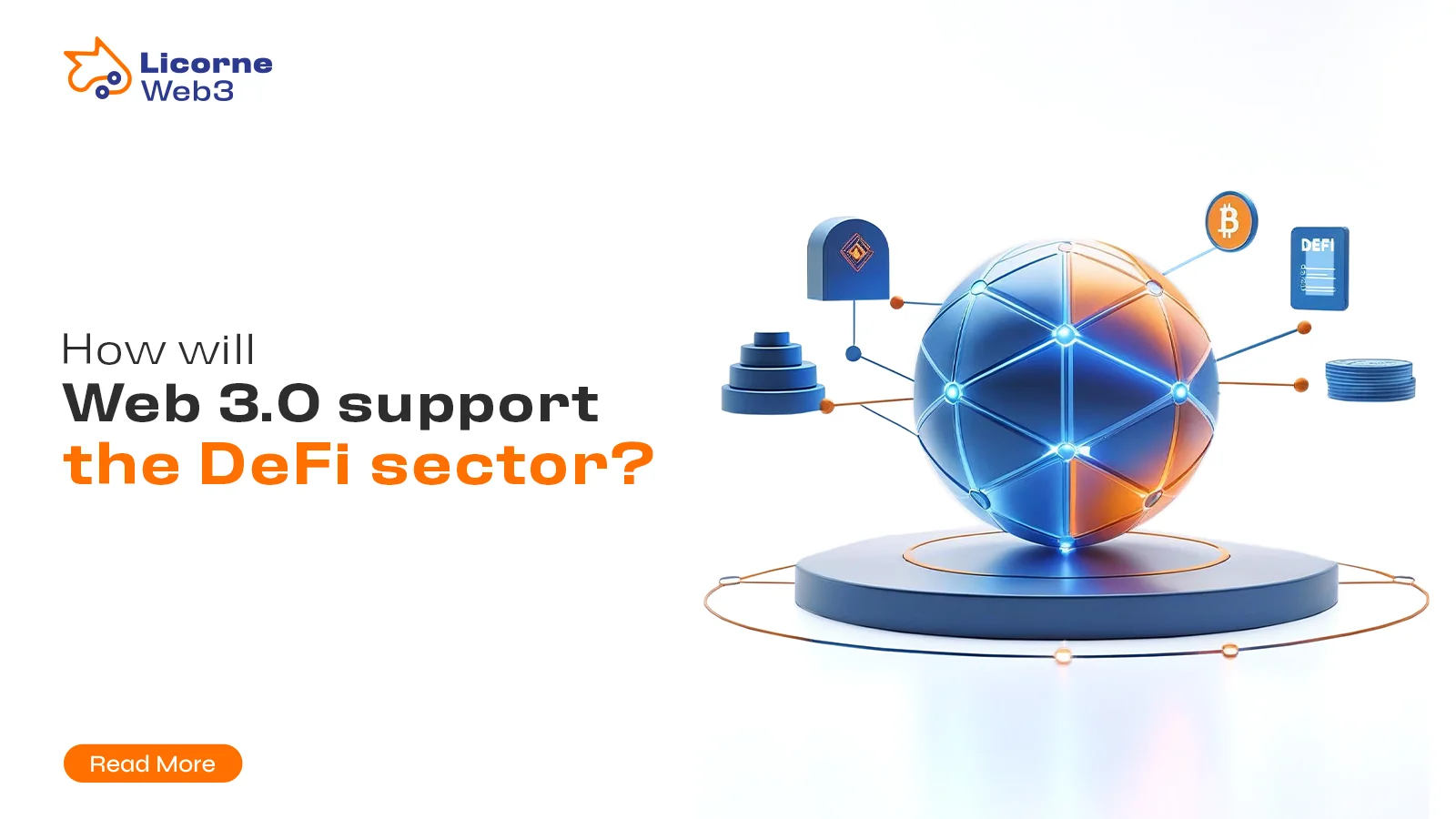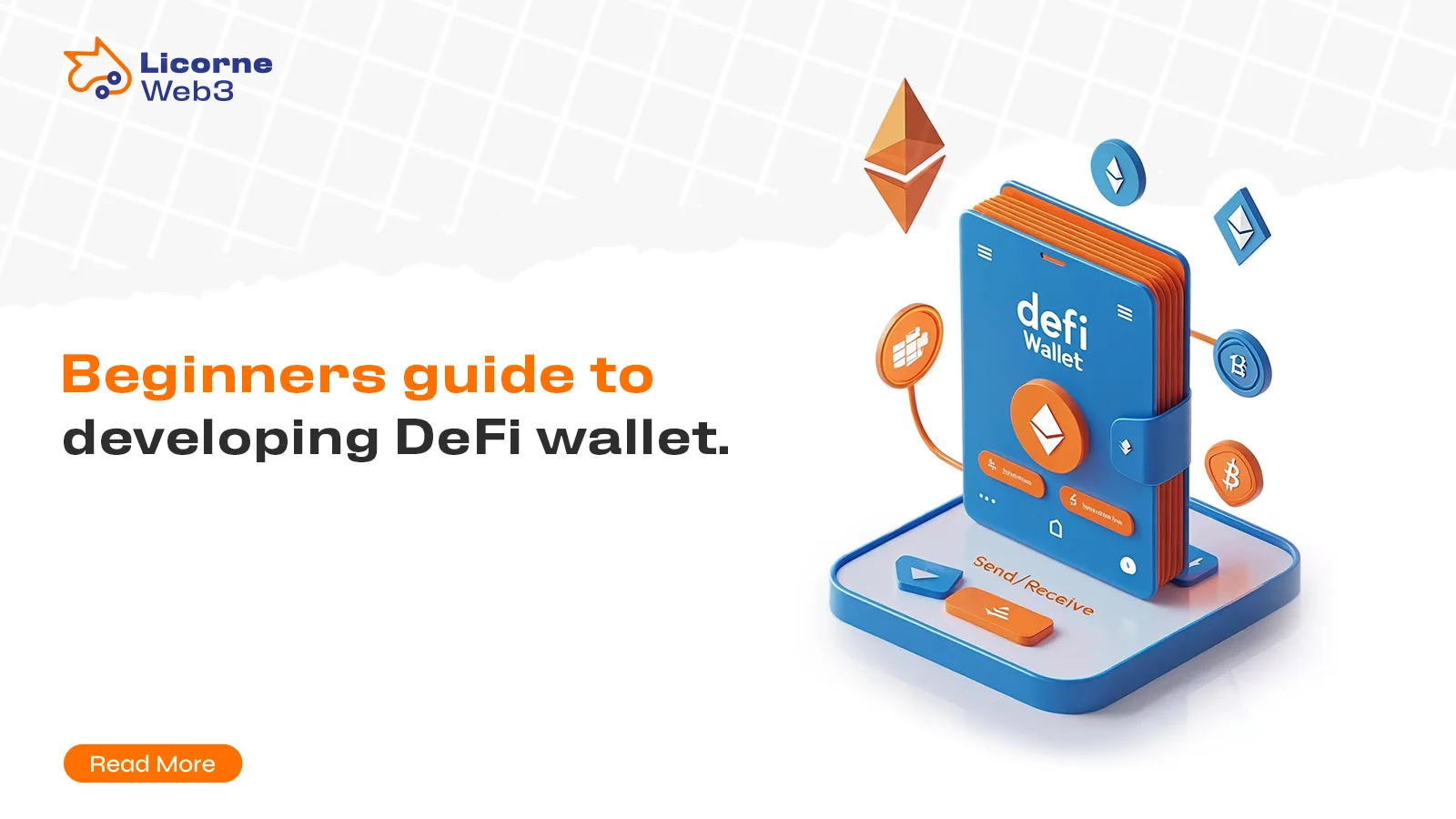The blockchain ecosystem growth has revealed an important problem due to fragmented network operations. The separate blockchain operations of Ethereum, Solana, Avalanche, and Polygon create hurdles that reduce liquidity while pushing innovation limitations and producing complex user interfaces. Such missing interoperability functions act as a major obstacle to the advancement towards decentralized infrastructure development. Chainlink Labs developed the Cross-Chain Interoperability Protocol (CCIP) to serve as a unifying framework to unify blockchain operations across the entire universe.
Chainlink CCIP is not just another bridging solution. It is a universal, decentralized interoperability standard that enables smart contracts to communicate, transfer tokens, and share real-world data across distinct blockchains, securely and efficiently. CCIP is paving the way for a new era of connected, scalable, and user-centric decentralized applications by providing a foundational infrastructure for cross-chain operations.
The Problem with Isolated Blockchains
The expanding blockchain sector reveals a significant challenge because blockchains operate as independent networks that do not communicate without intervention. Different blockchain platforms, such as Ethereum and Avalanche, together with Polygon and Solana, and additional chains work separately in individual networks, which restricts innovation for users and network performance.
The complete potential of Web3 will become accessible when secure and seamless cross-chain connectivity becomes a reality. Chainlink CCIP provides the precise functionality required for this need.
The Vision and Importance of Interoperability in Blockchain
Blockchain technology experts consider interoperability as its most elusive ultimate objective. Blockchains require essential and beneficial interaction, since newer specialized blockchains appear with unique features such as high throughput, low fees, and compliance mechanisms. When developers operate without interoperability, they need to develop separate applications, and user liquidity spins into different directions, and the blockchain ecosystem creates limited boundaries for its users.
Chainlink took an early position regarding this emerging problem. The decentralized oracle platform of Chainlink gained trust among users since it connects blockchain data with off-chain sources. The company then expanded its expertise to develop cross-chain communication features. Years of research and development, and joint initiatives between Web3 originators and traditional organizations, led to the creation of CCIP. This development pushes the ambition to unlock the complete capabilities of operating multiple blockchain networks.
Web3 development benefits from blockchain interoperability when it makes it possible to effectively connect complex ecosystems. Applications benefit from different blockchain capabilities, but prevent duplicated infrastructure wastage through this approach. Applications implemented as dApps can leverage redundant security from Ethereum, combined with speed from Solana, alongside cost-effective transactions through Avalanche, all unified by CCIP technology.
How Chainlink CCIP Works: A Technical Overview
At the core of Chainlink CCIP is a sophisticated system of decentralized oracle networks that securely transmit messages and token transfers across blockchains. The process is designed to be trust-minimized, modular, and verifiable. Here’s a high-level breakdown of how it functions:
- Source Chain Initiation: A smart contract on the source blockchain initiates a cross-chain transaction, which could involve sending tokens across blockchains, data, or executing a function on a different chain.
- Oracle Relaying: Chainlink’s decentralized oracle network picks up this request and transmits it to the destination blockchain. These independent nodes are battle-tested, having secured billions in DeFi, and they ensure the request is authentic and properly formatted.
- Destination Chain Execution: On the receiving blockchain, another smart contract processes the incoming message or token transfer, executing the desired operation.
- Risk Management Layer: Unique to Chainlink CCIP, a Risk Management Network constantly monitors the protocol’s activity. It can identify anomalies such as potential attacks or malfunctions and automatically pause operations to protect the integrity of the ecosystem.
The architectural design enables secure operation together with decentralized features, while providing excellent durability. CCIP achieves trust decentralization through its design, which combines multiple security measures to reduce exploitation risks above what traditional blockchain bridges offer.
Key Features of Chainlink CCIP That Enable Seamless Blockchain Interoperability
1. General-Purpose Cross-Chain Messaging
Chainlink CCIP allows developers to send arbitrary messages and function calls between independent blockchains. This facilitates more than just token swaps, developers can create dynamic, cross-chain dApps with synchronized logic. Think of real-time governance, cross-chain oracles, or collaborative DAOs spanning multiple networks.
2. Programmable Token Transfers
One of the standout features of CCIP is its ability to transfer tokens with embedded logic. For example, sending a token to another chain can simultaneously trigger staking or swapping actions, improving capital efficiency and user experience.
3. Chain-Agnostic Compatibility
The Cross-Chain Interoperability Protocol works with EVM-compatible blockchains like Ethereum, Arbitrum, Optimism, and BNB Chain, as well as non-EVM blockchains. It also supports public networks and private blockchains, expanding its reach to enterprise applications and regulated environments.
4. Built-in Risk Management
The Risk Management Network within CCIP independently monitors cross-chain functionality for anomalies, offering active risk management through additional security measures.
5. Developer-Friendly Integration
Integration is easy using standardized APIs and SDKs provided by Chainlink’s industry-standard oracle networks, allowing developers to avoid building custom bridge logic for each blockchain.
Use Cases of Chainlink CCIP
There are many use cases of Chainlink CCIP, like:
Cross-Chain DeFi Protocols
The main issue facing Defi has always involved fragmented liquidity. The CCIP framework provides Aave, along with Synthetix and Curve, the capability to link blockchain operations so they can access integrated liquidity pools while offering interchain loans and multi-chain administrative features. Users would be able to stake tokens on Ethereum and borrow assets on Optimism and manage positions on Arbitrum through one integrated interface.
Tokenized Real-World Assets (RWAs)
The market momentum continues to rise for RWAs’ tokenization, which includes stocks and bonds alongside real estate and carbon credits. Chainlink CCIP provides tokenized assets with a mechanism to move between blockchain infrastructure, which leads to better compliance and operational, and liquidity advantages. Private chains allow institutions to tokenize their assets, and CCIP lets institutions present these tokens to public markets.
Enterprise Blockchain Solutions
Financial institutions such as Swift, DTCC, and ANZ Bank have partnered with Chainlink to pilot CCIP for real-world asset settlement, cross-border payments, and data synchronization across enterprise systems. CCIP ensures that transactions meet regulatory standards while accessing the benefits of decentralized infrastructure.
GameFi and Metaverse Interoperability
In blockchain gaming and the metaverse, CCIP allows for fluid asset portability. Players can transfer NFTs, in-game tokens, and credentials between different gaming platforms or metaverse worlds. This interoperability enhances user engagement and extends the utility of digital assets beyond isolated platforms.
Decentralized Identity and Access Control
CCIP can also play a role in decentralized identity systems, allowing identity credentials and access permissions to travel across ecosystems. This can support unified login experiences, reputation scores, and KYC compliance across DeFi, NFTs, and enterprise dApps.
Why Chainlink CCIP Stands Out in the Interoperability Landscape
While several cross-chain protocols exist, most suffer from one or more major shortcomings, be it centralization risks, limited chain support, or lack of general-purpose messaging. Chainlink CCIP overcomes these limitations with a robust and flexible design:
- Security-First Architecture: Multiple layers of protection, including decentralized oracle consensus and independent risk monitoring.
- Scalability: Capable of handling a high volume of cross-chain interactions without compromising performance.
- Neutral and Decentralized: Chainlink does not control any layer of the CCIP infrastructure, ensuring neutrality and trust minimization.
- Industry Backing: Used and piloted by leading DeFi protocols and global financial institutions, signaling strong adoption and credibility.
Future Prospects and Ecosystem Growth
When Chainlink CCIP debuted on its mainnet during July 2023, it maintained steady growth afterward. The platform establishes support for Ethereum and multiple platforms, including Arbitrum, along with Avalanche and Optimism, and Base, and continues expanding its connectivity options. Chainlink Labs has declared its plan to introduce support for non-EVM chains and Layer-2 solutions, which will establish CCIP as the primary standard for blockchain interoperability.
Analysts project enormous growth for the ecosystem during the upcoming years. The development of next-generation systems incorporating blockchain technology will rely heavily on Chainlink CCIP as departments construct cross-chain applications while companies embrace blockchain solutions. Layer-2 networks and modular blockchains will increase the necessity of CCIP to handle data and asset transfer within partitioned blockchain systems.
Conclusion: Chainlink CCIP as the Backbone of a Multi-Chain Future
Chainlink CCIP stands as an important advancement that resolves the chief blockchain limitation, which is interoperability. CCIP delivers secure, scalable, programmable cross-chain communication abilities that create possibilities for developers, institutions, and users to operate across multiple blockchain ecosystems.
The blockchain industry’s growth will accelerate because users need improved integration between networks. Chainlink CCIP presents an all-inclusive interconnected solution that secures both the requirements of traditional organizations and Web3 developers. CCIP establishes base elements for a digital economy that embraces interoperability for tokenized asset settlements between interconnected metaverse platforms while allowing users to build multi-chain decentralized finance products.
The groundbreaking approaches of Chainlink CCIP alongside its extensive industrial backing lead to innovative developments that establish the standard protocols for blockchain frameworks in future evolution.
Business leaders who are developers, along with entrepreneurs, should consider Chainlink CCIP as their most crucial strategic decision for systems protection.
Author
-

I am a content writer with a passion for creating engaging content. I aim to simplify complex topics for readers through writing. With a keen interest in blockchain and crypto, I strive to foster understanding and empower readers to explore new ideas!
View all posts


